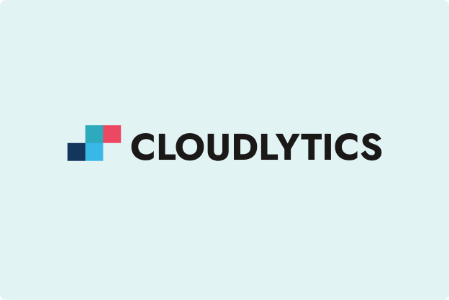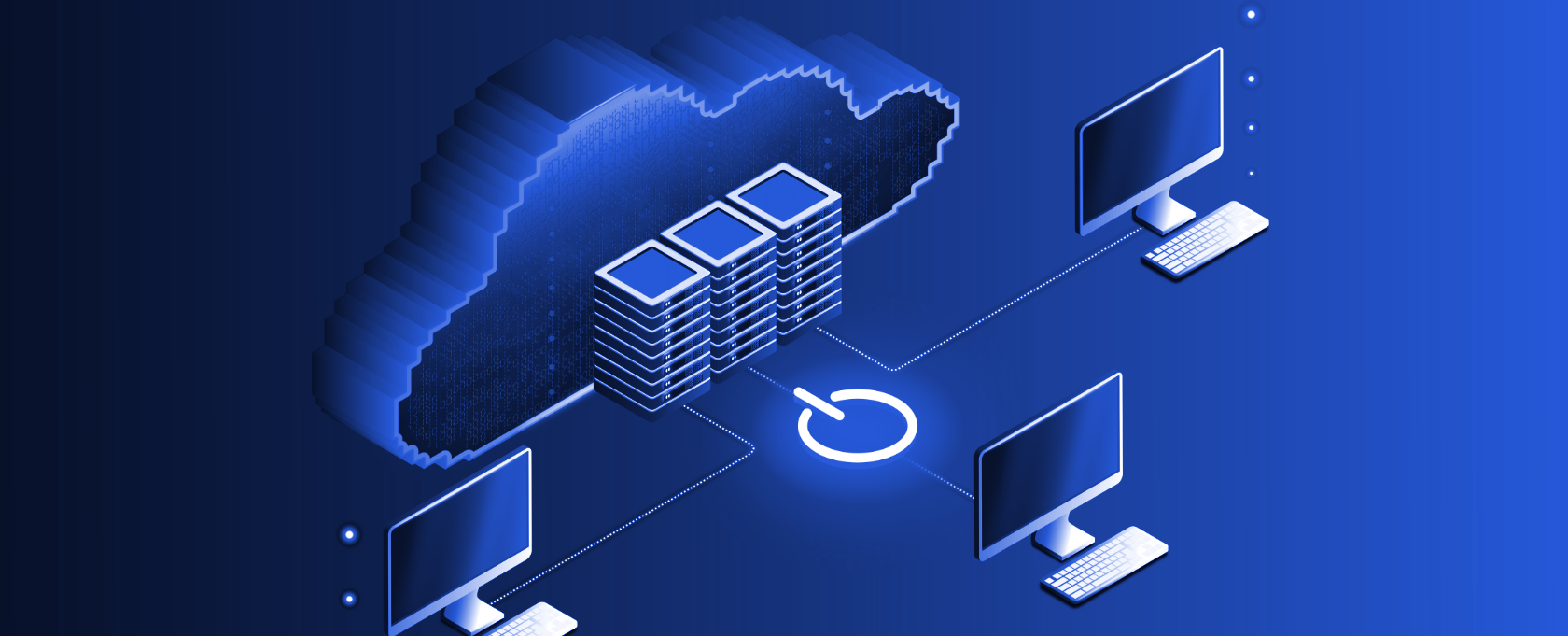Software as a Service (SaaS) has been a transformative solution for many businesses worldwide. It enables businesses to facilitate core business activities over the Internet so operations can be remote and do not need extensive infrastructure. As the demand for flexible, scalable, and cost-effective software solutions grows, being SaaS-ready has become crucial. The SaaS adoption has changed the way business activities occur. However, SaaS Maturity Assessment can improve performance and optimize costs.
As per Gartner’s analysis, SaaS currently commands the most significant portion of the cloud service market, comprising over 50% of the total software market. Projections indicate a further growth in this share in the coming years.
As your business scale, SaaS maturity levels differ based on specific stages. Assessing these stages and fine-tuning the SaaS implementation can improve scalability, multi-tenant efficiency, and configurability.
Let’s explore the benefits of SaaS maturity assessment and different stages to enhance operational performance.
What is a SaaS Maturity Assessment?
A SaaS maturity assessment is a process that evaluates the development of a SaaS application by analyzing its progression through different levels of sophistication, which are generally organized into a SaaS maturity model.
This assessment examines essential aspects such as scalability, configurability, and multi-tenancy, which allow the architectures of SaaS applications to be classified into four general levels of maturity:
- Custom/Ad Hoc: At this initial stage of maturity, SaaS operates similarly to the traditional Application Service Provider (ASP) model, where each customer has a unique version of the hosted application on the provider’s servers.
- Configurable: At the second level, a SaaS provider hosts unique instances of the application for each customer. While every instance is personalized for each tenant, they all use the same code base. The vendor addresses customer needs by offering comprehensive configuration options that alter the app’s appearance and behavior.
- Multi-tenant-Efficient and Configurable: The third level of maturity allows the vendor to run a single instance for each client, with configurable metadata providing a unique, customized user experience. Decentralization of customer data is ensured by proper security measures, creating no apparent link between the shared instance and multiple users.
- Scalable, Multi-Tenant-Efficient, Configurable: The final maturity level involves a SaaS system where several customers have the privilege of being hosted on a load-balanced group of identical instances. The system is designed to scale up to cater to a large customer base without requiring restructuring.
Optimally, the chosen maturity level of a SaaS application would suit the company’s specific business, operational, and architectural needs, as well as customer considerations. The advantages of this model lie not only in scalability capacity but also in the potential for cost-effectiveness and efficient use of resources.
Benefits of SaaS Maturity Assessment
Identifying the SaaS maturity level proves beneficial in several ways:
- Economic Efficiency: This assessment allows businesses to make calculated decisions about their investment in a particular SaaS solution, balancing between the product’s costs and the operational efficiency it provides, which often correlates with its maturity level.
- Improved Decision Making: Understanding the SaaS application’s maturity level enables businesses to make more informed choices about whether certain software will meet their operational needs and what trade-offs may exist.
- Scalability Planning: Knowing the maturity level gives insight into the scalability aspect of the SaaS application, which is crucially important for businesses anticipating growth or a surge in usage.
- Risk Management: The maturity assessment aids in identifying potential security issues. Higher maturity levels often symbolize refined and rigorous security protocols, which can minimize security risks and safeguard sensitive data.
- Resource Optimization: When it comes to IT resource management, understanding the maturity level of a SaaS application can ensure that resources are allocated to platforms with the most significant potential for adding value to the organization.
- Customer Experience Enhancement: A mature SaaS product means end-users benefit from a platform with refined features, reduced bugs, and usability, offering a smoother, more reliable user experience.
Assessing your SaaS maturity requires a roadmap with specific measures executed at different levels. This is where SaaS experts like Blazeclan can help by providing an extensive roadmap and executing the maturity assessment.
Blazeclan’s Roadmap to SaaS Maturity Assessment
Blazeclan offers a comprehensive approach to assessing a software’s SaaS maturity level, which includes the utilization of best practices with expert resources in networks, databases, and systems. Here are some crucial elements of Blazeclan’s roadmap for SaaS maturity assessment,
- SaaS Initialization: Understand the nature of your software and prepare initial plans and resources to transition into the SaaS market. Engage stakeholders in defining goals regarding SaaS migration.
- SaaS Assessment: Evaluate your current software system to identify its strengths, weaknesses, and potential for SaaS Migration. In this phase, you will consider factors including business operations, data infrastructure, application architecture, etc.
- Maturity Level Identification: Using a maturity model, identify where your application currently stands in terms of SaaS readiness and maturity. Blazeclan, for example, identifies five levels: Ad-Hoc Apps, Bespoke Apps, Standalone SaaS, Domain-Specific SaaS, and Dynamic SaaS.
- Setting Objectives: Set measurable objectives for your software’s progress in the SaaS Maturity model. Each objective should move your software closer to full SaaS maturity.
- Strategic Planning: Create a comprehensive strategy outlining the steps to achieve each objective. Cater to individual needs, including staffing, technology, capability development, data integration and migration, etc.
- Execution and Implementation: Carry out the activities outlined in the strategy. This could involve modifying software architecture, implementing cloud-native development practices, enhancing security, implementing relevant analytics, etc.
- Evaluation and Optimization: Regularly assess the progress of your strategic implementation against the set objectives. Use these evaluations to identify roadblocks, make necessary adjustments, and optimize the plan.
- Iterative Enhancement: Use your assessments to continuously enhance your software, repeating steps 4-7 as needed until you reach your desired level of SaaS maturity.
Along with SaaS maturity assessment, Blazeclan also provides data maturity assessments. Their framework identifies the reliability and efficiency of an organization’s existing data strategies, offering quantitative measures and recommendations to improve their data pipeline in line with both current and future challenges.
Blazeclan Enabled AIMS with Enhanced SaaS Maturity Assessments
Blazeclan helped the AIMS INTL DWC-LLC (AIMS) in optimizing and migrating its SaaS application to the AWS Cloud. Blazeclan migrated SaaS applications for airline supply business, operational control, and crew management from on-premise data centers to AWS securely without data loss.
Blazeclan also automates the process of provisioning infrastructure, reducing onboarding time. Further, it established shared storage for all MSSQL Standard Edition database instances using Amazon FSx for Windows File Server, improving performance and customer experience. Most importantly, SaaS maturity assessments were made at specific stages for improved performance.
Here are some of the best practices you can leverage to implement SaaS maturity assessment as Blazeclan did when partnering with AIMS:
- Engage stakeholders early and keep them informed throughout the process.
- Clearly define objectives and maintain focus on them.
- Develop a robust yet flexible roadmap that can adapt to changing scenarios.
- Continuously monitor progress and promptly address any issues or roadblocks.
- Remember that transitioning to a SaaS model is a long-term process and requires a solid commitment to continuous learning and improvement.
Conclusion
SaaS maturity assessment is a process that evaluates the development of a SaaS application by analyzing its progression through different levels of sophistication. This assessment examines essential aspects such as scalability, configurability, and multi-tenancy, which allow the architectures of SaaS applications to be classified into four general maturity levels.
Identifying the SaaS maturity level proves beneficial for businesses because it enables them to:
- Identify areas where they can improve their SaaS implementation.
- Make informed decisions about which SaaS applications to adopt.
- Optimize their SaaS costs.
Blazeclan’s SaaS consulting services provide expertise and resources to help businesses assess their SaaS implementation and optimize costs. Contact us to learn how we can help you achieve your SaaS goals.

















